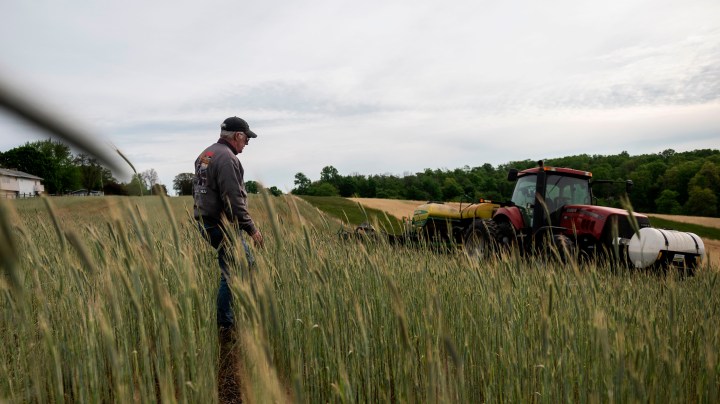
In rural areas, the high cost of diesel is driving up the cost of doing business
In rural areas, the high cost of diesel is driving up the cost of doing business

Fuel prices, though declining, are still on the minds of many Americans, especially those in rural areas. The pandemic, Russia’s invasion of Ukraine and supply chain issues are some of the factors behind the high costs.
The price of gasoline has generally dropped more than that of diesel fuel, which is commonly used in rural areas.
“Everything has gotten completely out of proportion for what a cow can pay for now,” said Matt Avery, a longtime rancher in Campbell County, Wyoming. “And so, with the diesel fuel and everything, it makes our profit margin a lot less.”
Avery, like many in the agriculture industry, uses diesel for his pickups and farm equipment. He said that while prices have risen for many things, diesel costs have only added to the equation, estimating that his fuel costs have gone from about $3,500 to more than $6,000 over the last six months or so. He added that those costs have played a role in reducing the amount of acreage he replants.
A study conducted by Iowa State University found that higher fuel costs are affecting rural communities more than urban areas. It pointed out that people in rural areas often travel farther distances and tend to drive larger, less fuel-efficient vehicles.
Rob Godby, business professor at the University of Wyoming, said there’s also more competition among gas stations in urban areas, which plays into the cost of fuel.
“If somebody across town lowers their price, then it’s more likely the other stations lower their price and eventually everybody does,” Godby said. “If you have fewer stations, it’s less likely that happens.”
In addition to agriculture, other small businesses in rural areas are also affected.
“One of the things that’s hurting us the most is anything that’s petroleum based,” said Wyoming state Sen. Troy McKeown, who owns grocery stores, including one in the small town of Wright. “For example, the cost of refrigerant. You wouldn’t think it’s a big deal, but we use a lot of refrigerant, and that’s gone up almost 400%.”
Despite the challenges he faces, McKeown said he’s trying to hold the line on rising costs. This includes doing things like reducing the number of shipments he brings in to cut transportation costs. And he said he’s trying not to pass along price increases to customers.
There’s a lot happening in the world. Through it all, Marketplace is here for you.
You rely on Marketplace to break down the world’s events and tell you how it affects you in a fact-based, approachable way. We rely on your financial support to keep making that possible.
Your donation today powers the independent journalism that you rely on. For just $5/month, you can help sustain Marketplace so we can keep reporting on the things that matter to you.











